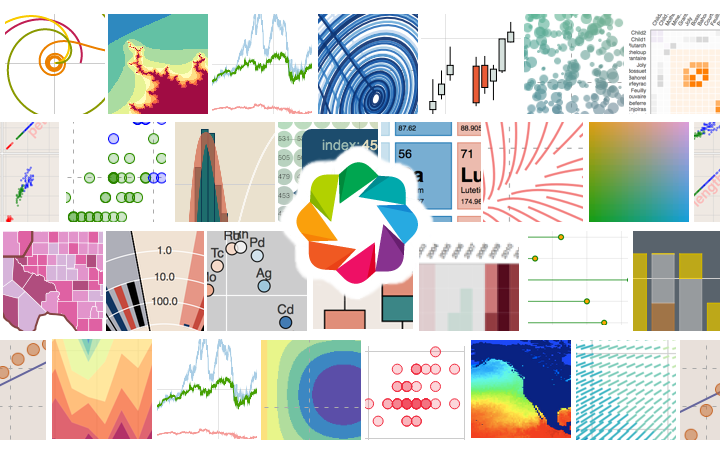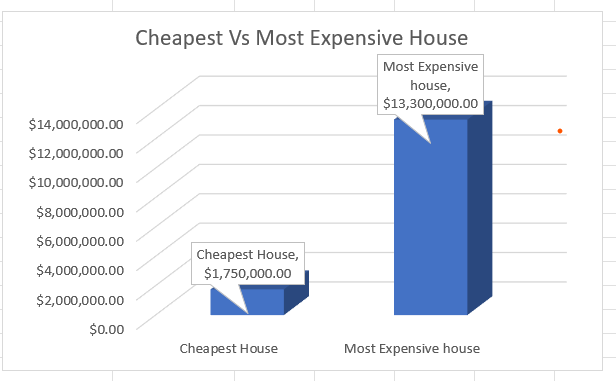Projects
Home / Projects

Data Analysis with Python
In this project, I analyzed a dataset of hospital patients to explore the impact of various risk factors on heart health and overall wellbeing. Key metrics include BMI, smoking habits, alcohol consumption, and the presence of conditions like diabetes and kidney disease. The analysis uncovers relationships between these factors and their effects on physical and mental health.

Data Visualisation with PowerBi
I analyzed survey data from employees and small business HR professionals to guide the development of RIS, a customized Human Resources Information System. Using descriptive and inferential statistics, I pinpointed the need for centralized data management, user-friendly interfaces, and robust HR analytics. These insights helped the development team create an affordable and scalable HRIS.

Data Visualization with Python
I analyzed a Telco dataset to identify factors influencing customer churn using Python data visualization. The dataset includes customer services, account information, and demographics. Through exploratory data analysis and visualizations, I determined which customers are likely to churn and identified key factors affecting churn rates.

Machine Learning
This project uses machine learning to predict house prices based on various features like property details and neighborhood specifics. I cleaned the data, conducted exploratory analysis, and tested several regression models, including Linear Regression and Random Forest. The final model helps stakeholders make informed decisions about property values.

Excel Analysis
In this project, I used Excel to analyze housing market data and identify trends influencing property prices. By applying techniques like pivot tables, VLOOKUP, and data visualization, I explored factors such as location, property size, and amenities. The project also involved forecasting future price trends based on historical data. This analysis provided actionable insights into the housing market, helping stakeholders make informed decisions about property investments.

Deep Learning
In this project, I utilized a neural network model to classify breast cancer tumors using the Breast Cancer Wisconsin dataset from sklearn. The workflow included data preprocessing, constructing a neural network with TensorFlow and Keras, and optimizing the model for accuracy. The final model classifies tumors as Benign or Malignant.
Subscribe For Newsletter

Quick Links
Useful Links
Contact me
- ijiyodeaisha@gmail.com
- +234 806 054 2318
- linkedin.com/in/aisha-ijiyode/
- Aishat Ijiyode Copyright 2024 © All Right Reserved
